
Most tropical soils are deficient due to a lack of organic matter and nutrients such as calcium, nitrogen, potassium, phosphorous, and magnesium. Everything in the Amazon Rainforest is alive, thus, unlike temperate and Boreal forests, there is no thick layer of organic matter. This makes farming in the tropics especially challenging.
Fortunately, there are some interesting exceptions to this rule, as well as a number of methods for building and enriching soil. We use lime, biochar, compost, and mulch to build and improve our soil.

Planting Soil, Sacha Inchi Seeds, and a Jungle Nursery
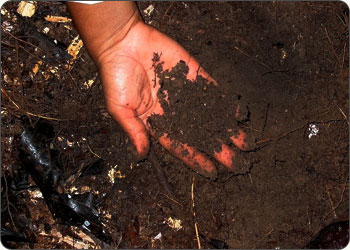
Certain areas throughout the Amazon Basin contain a soil known as terra preta, Portuguese for ‘black earth.’
One of the remarkable things about these soils is that they are self-regenerating, meaning that the microbial communities build the soil faster than it is washed away by heavy rainfall.
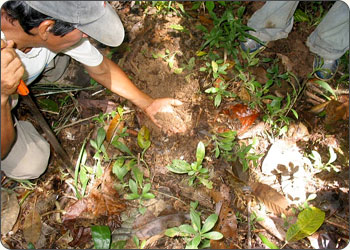
It is now generally accepted that terra preta soils are anthropogenic. Given that our farm is close to the confluence of three major rivers, it seems logical that pre-conquest cultures would have farmed here, leaving us the nutrient-rich soil.
Most of the soil found on our farm would more accurately be called terra mulatta or ‘brown earth,’ because it contains less organic material.
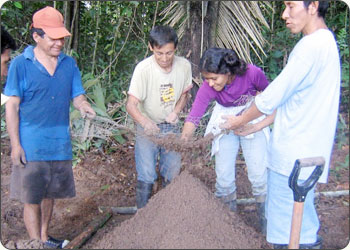
We use wire mesh to break up and aerate the soil used in our planting mix.
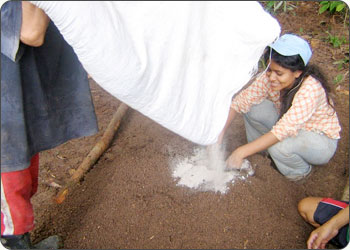
Mixing lime with the planting soil lowers the acidity level (Sacha Inchi seedlings like low acidity).
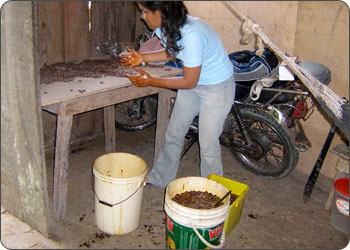
We soak the Sacha Inchi seeds in a certified organic solution to prevent nematode attack.
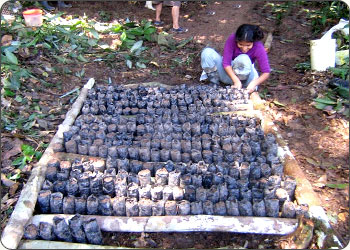
Our agronomist, Lilibeth, placing the treated seeds into germination pots in preparation for planting.
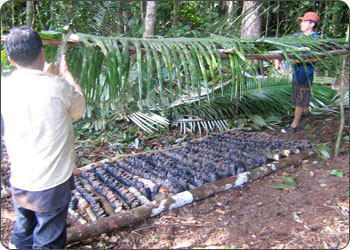
Due to the intense Equatorial Sun, our Sacha Inchi seedlings must be protected by a shade canopy.
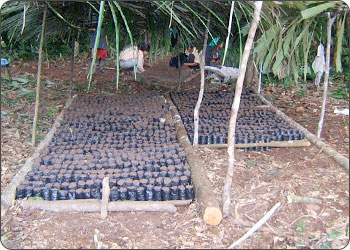
The seedlings for 14 acres of Sacha Inchi vines are grouped together until they reach planting size.





